Fire experts love this surprisingly effective and 'environmentally friendly' pantry staple for easily putting out flames in your fireplace this cozy season
It's effective, but extinguisher backup is essential for your safety, warn experts
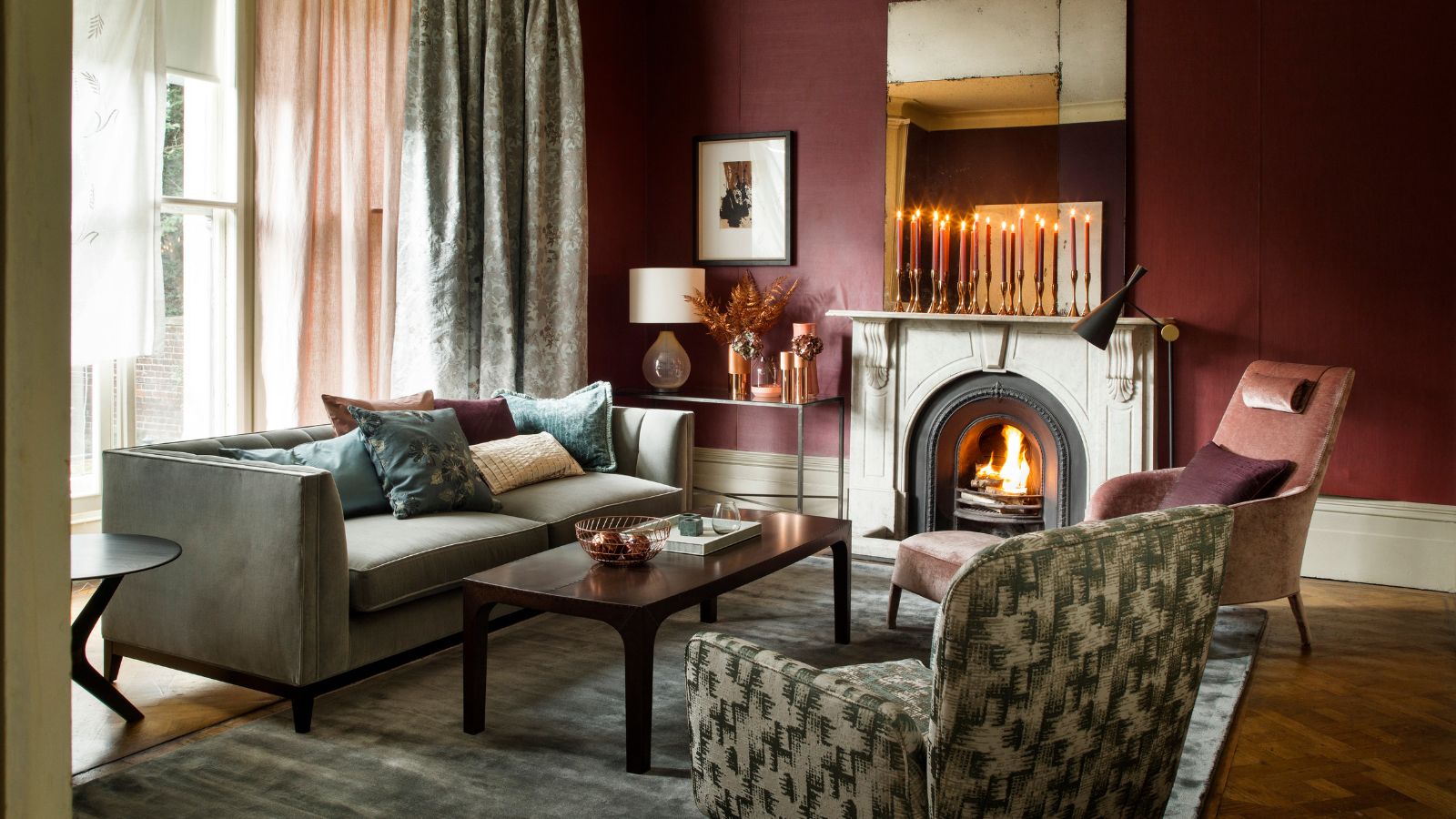

Cooler weather is the perfect time to get cozy, but you may be wondering how to put out a fire in a fireplace and safely take action if things get out of hand.
Well, say our pros, there's one surprising pantry staple that might just come in handy for the job, and you probably already have it at home – baking soda.
Here, they explain why it's an effective way to put one out after you've started a fire in a fireplace, and exactly what to do in an emergency
Why does baking soda work for putting out fire in a fireplace?
If you've been puzzling over how to put out a fire in a fireplace, baking soda, available at Walmart, could well be your answer, say our pros.
Todd Harmon, fireplace expert, principal designer and co-founder of Starfire Direct, explains, 'Fire and oxygen are dancing partners. Take away the oxygen, and the dance is over. Baking soda is effective because, when it gets hot, it explodes and gives off carbon dioxide gas. CO₂ creates a blanket on top of the flames that smothers them by denying them oxygen.
'Unlike water, which, if poured onto hot coals, can potentially produce fatal steam or even break up fireplace brick, baking soda starves the fire slowly, chemically.
'It's a sneaky, environmentally friendly fire suppressant in your kitchen pantry.'
Design expertise in your inbox – from inspiring decorating ideas and beautiful celebrity homes to practical gardening advice and shopping round-ups.
Steve Lockwood, owner of Mountain State Fire Protection, adds that this method works well for grease fires, too, as you crucially can't put out a grease fire with water.
This is important as grease and dirty stovetops are one of the most dangerous and common fire risks in your home.
How to put out a fire in a fireplace using baking soda
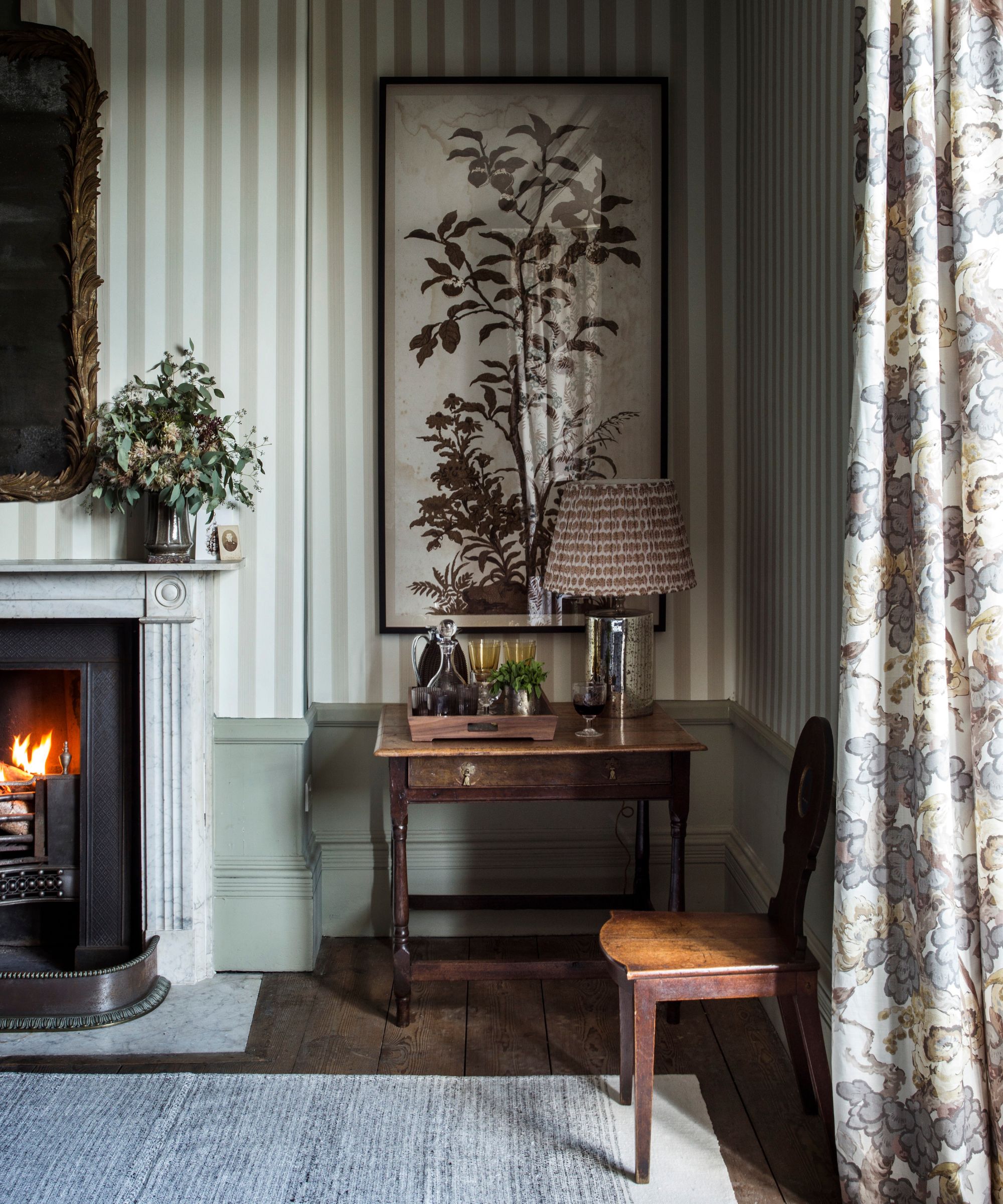
'Think of dusting with powdered sugar, but this time you are dusting to smother.'
Todd advises, 'If fire and sparks start getting out of control, the most effective area to disperse the baking soda is from a distance from the fireplace opening. Utilize the open box and liberally sprinkle over open flames and smoldering embers.
'Think of dusting with powdered sugar, but this time you are dusting to smother. You don't have to cover the logs completely. You are attempting to break combustion where it is most active. Use slow, smooth actions, as frantic dumping can agitate embers and dislodge them.'
As an added tip, Josh Mitchell, HVAC expert and founder of AirConditionerLab says that he keeps his baking soda in a metal tin, such as the Amici Home Farmers Market Metal Canister available at Amazon, next to the hearth, 'since cardboard packaging can absorb moisture and clump over time.'
Drawbacks of using baking soda to put out a fire in a fireplace
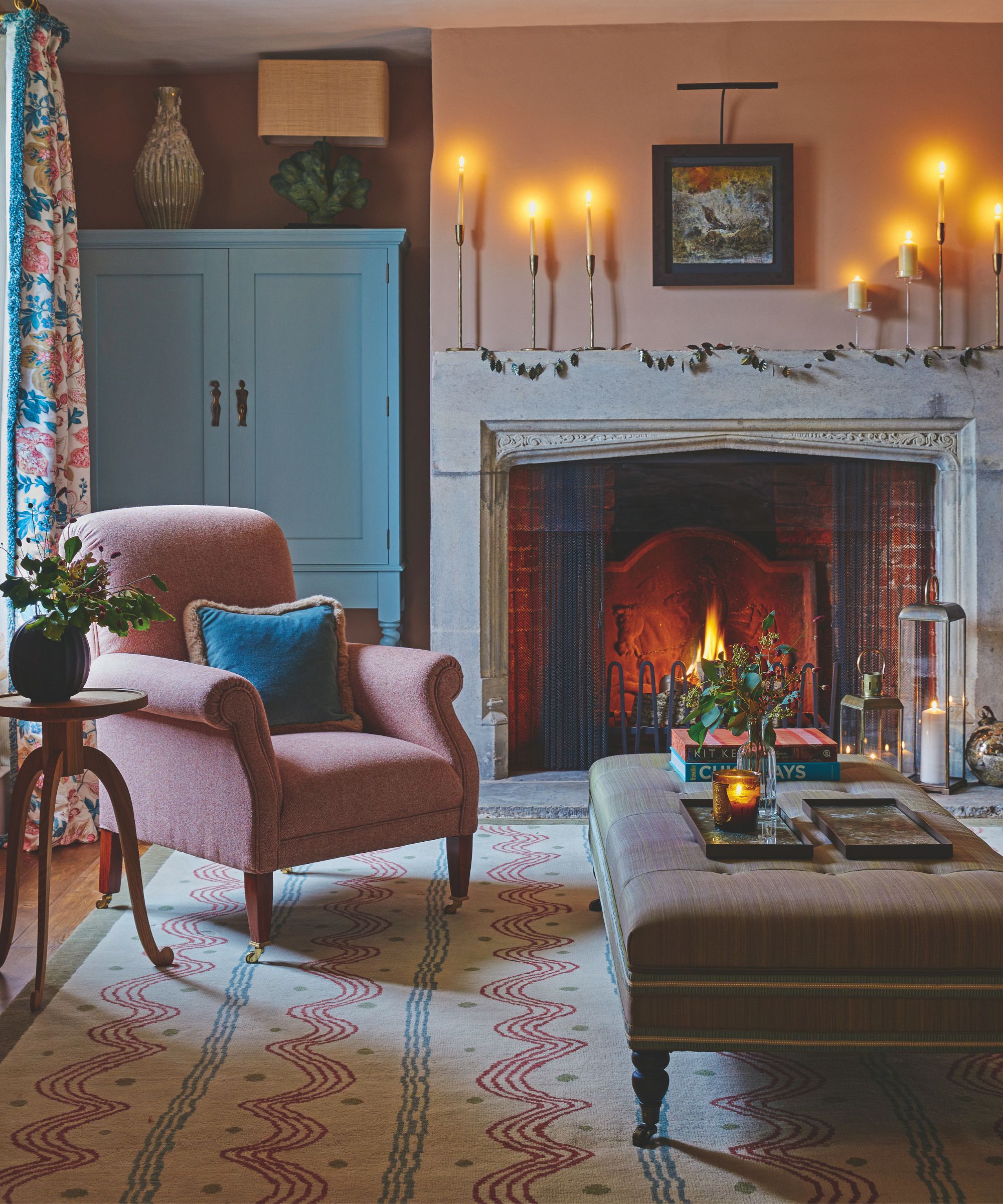
This shouldn't be your only port of call, warn experts.
The main drawback of this method, advises Steve, is that, of course, baking soda isn't designed to put out fires, and it won't cover all bases like an extinguisher would in an emergency.
'It's a last resort deal if you don't have a fire extinguisher,' he says. 'Baking soda has a secondary effect of putting out fires, but it's not its primary purpose. You want to use something whose primary purpose is to put out fires.'
Additionally, while a small box of baking soda is perfect for flare-ups, points out Todd, it's 'absurdly small for a fire that has spread beyond the hearth,' and this method can be messy, too, dulling the visual appeal of your fireplace ideas before you have time to clean a fireplace.
'It also releases a bit of dust when poured on coals, which you don’t want to breathe in,' adds HVAC pro, Josh. 'I wouldn’t count on it as your main safety plan.'
How to protect yourself from fire-related emergencies
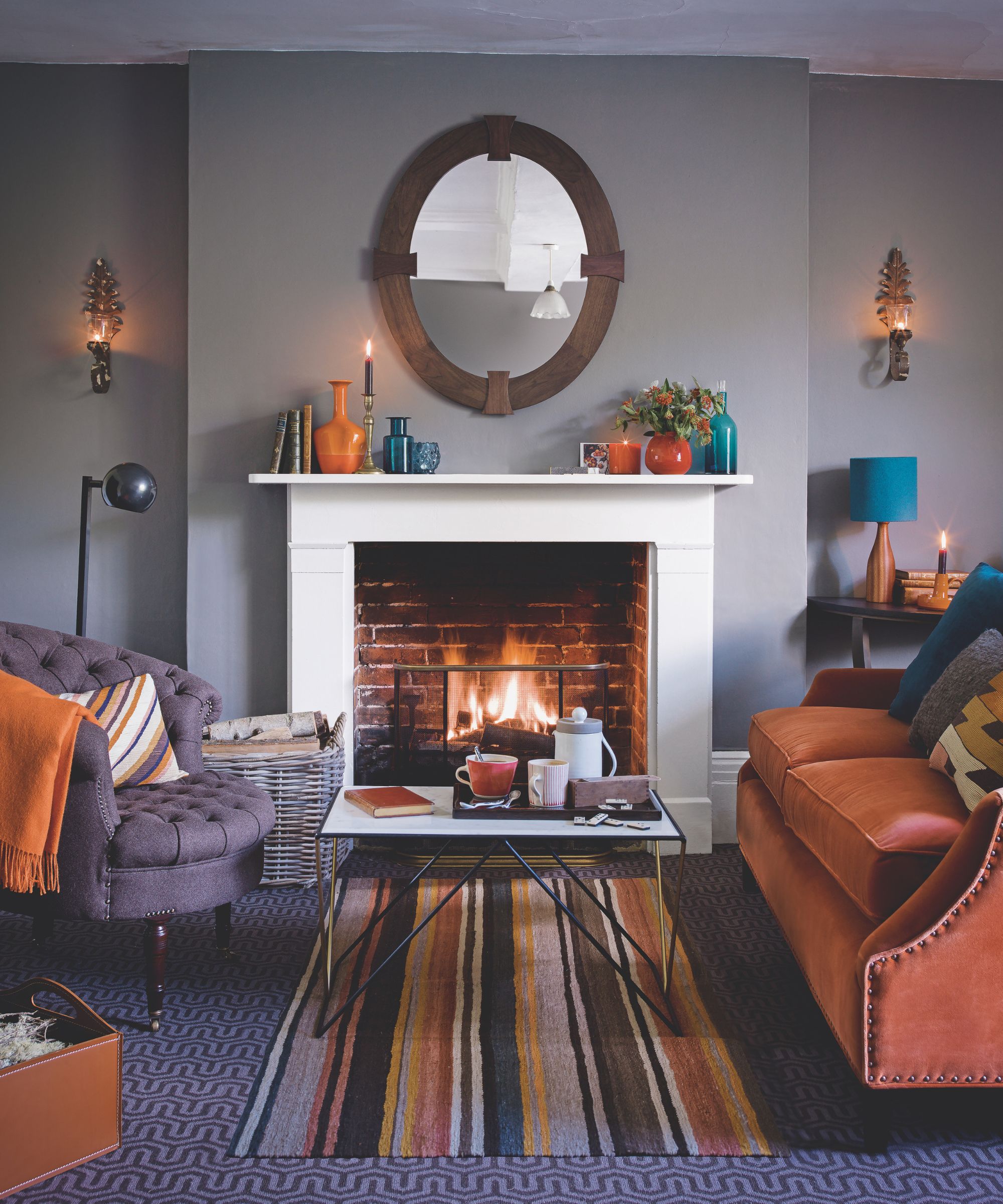
Put together an expert-approved safety kit.
To keep yourself and your home safe during cozy fireplace season, Todd advises that 'the most valuable thing to do as a fireplace owner is to put together a safety kit,' making sure to pick the right kind of fire extinguisher.
'Start with a fireplace screen or glass doors,' he says, 'they are style and function. A recent style choice that I like best are the Pleasant Hearth Arrington Glass Firescreen Doors available at Walmart, which creates a sleek finish while keeping sparks inside.
'For open flames, choose a simple spark guard, such as the Amagabeli Fireplace Screen with Doors available at Amazon.
'For actual firefighting, I suggest upgrading from baking soda to a small dry-chemical extinguisher rated for Class A fires. The Kidde Multi-Purpose Fire Extinguisher available at Amazon is inexpensive, small, and reliable. It's neater than baking soda, and much more effective if something does go wrong.
'For a touch of authenticity, I recommend filling a bucket with sand and placing it in front of a decorative bucket beside the fireplace. Sand is antique, nontoxic, and easy to integrate with your design. It's actually my personal favorite trick for combining safety and style in a living room.'
What to shop
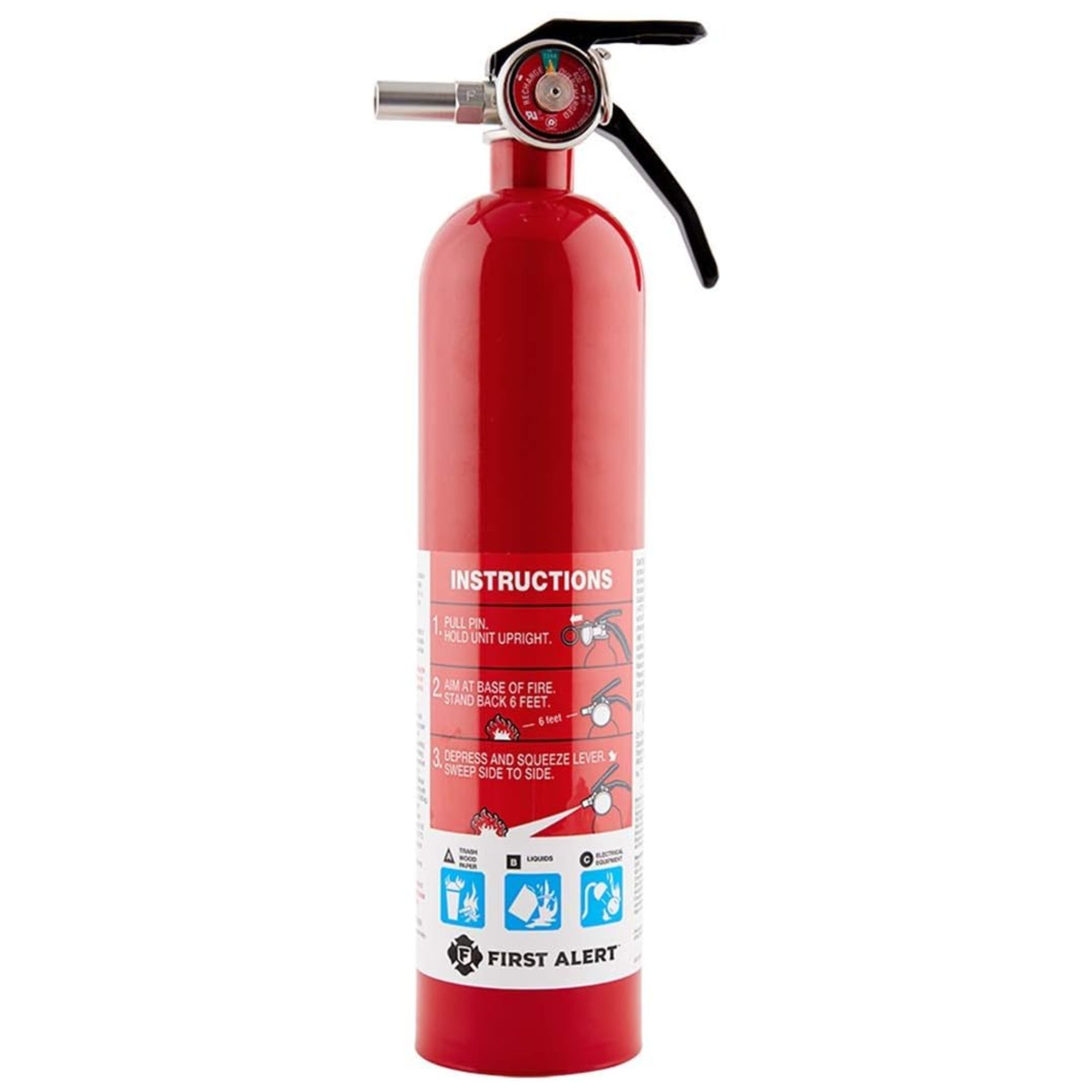
'This is small and reliable,' says Josh, and features a durable all-metal construction with a commercial-grade metal valve and trigger to meet demanding needs and keep safe in dangerous situations.
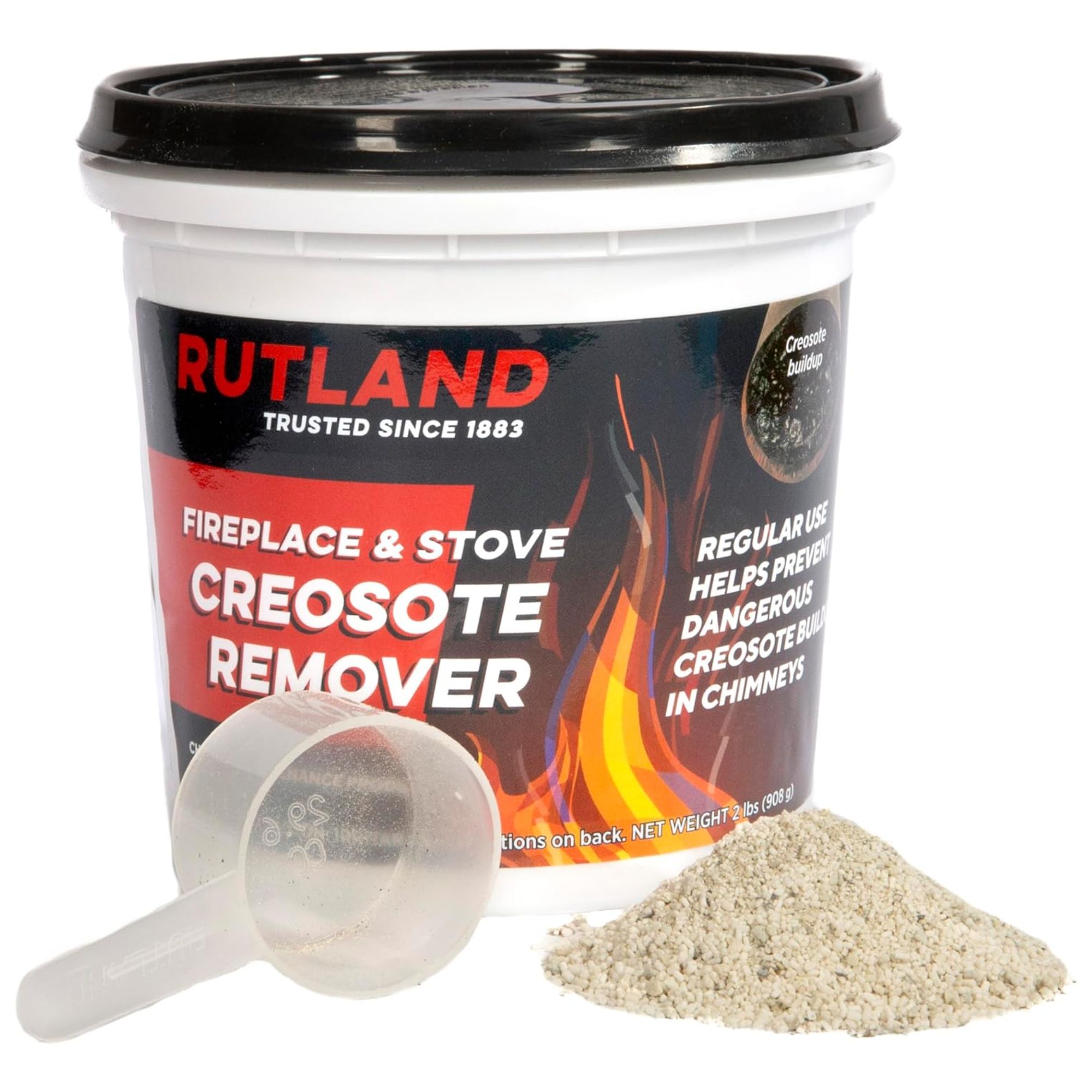
This creosote remover eliminates one of the leading causes of fireplace fires, and makes it easy to quickly and efficiently brush away.
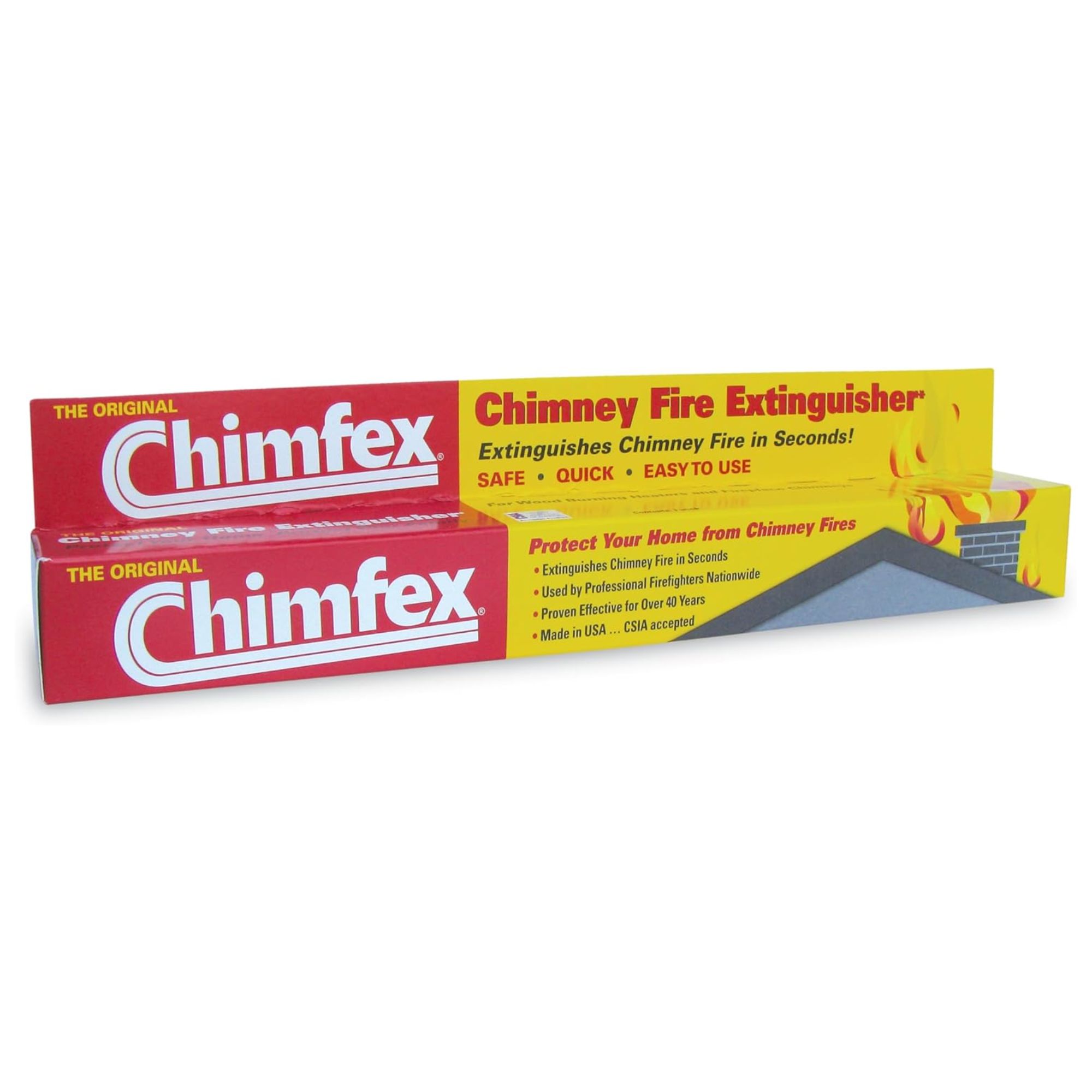
Josh also recommends this Chimney Fire Suppressant, which 'you strike like a flare and place in the firebox. It cuts oxygen and can put out a chimney or fireplace fire in under 30 seconds. It’s affordable and easy to store nearby.'
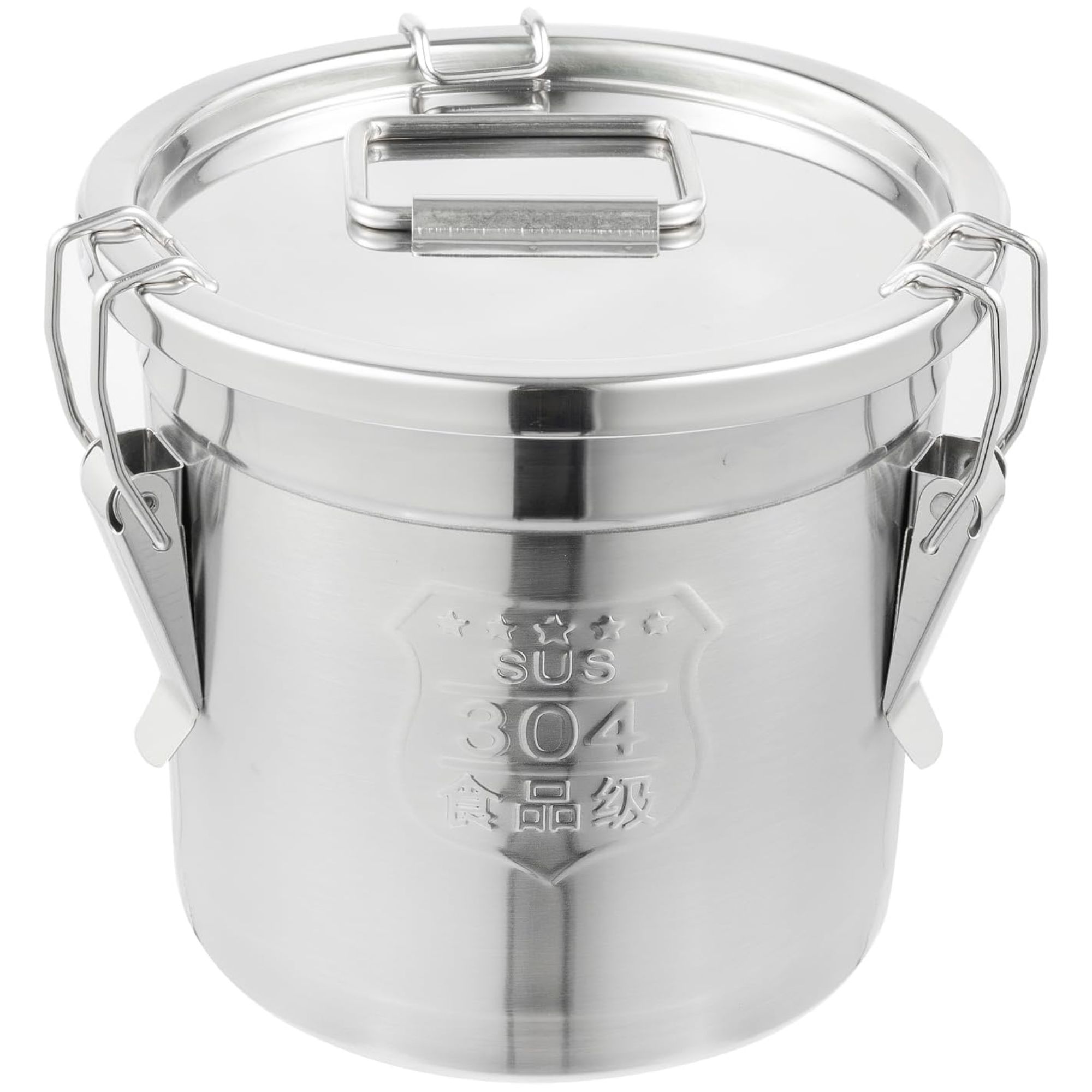
Store your baking soda in this metal canister, complete with a locking clamp, to protect against clumping. You can pop it either on or near your fireplace.
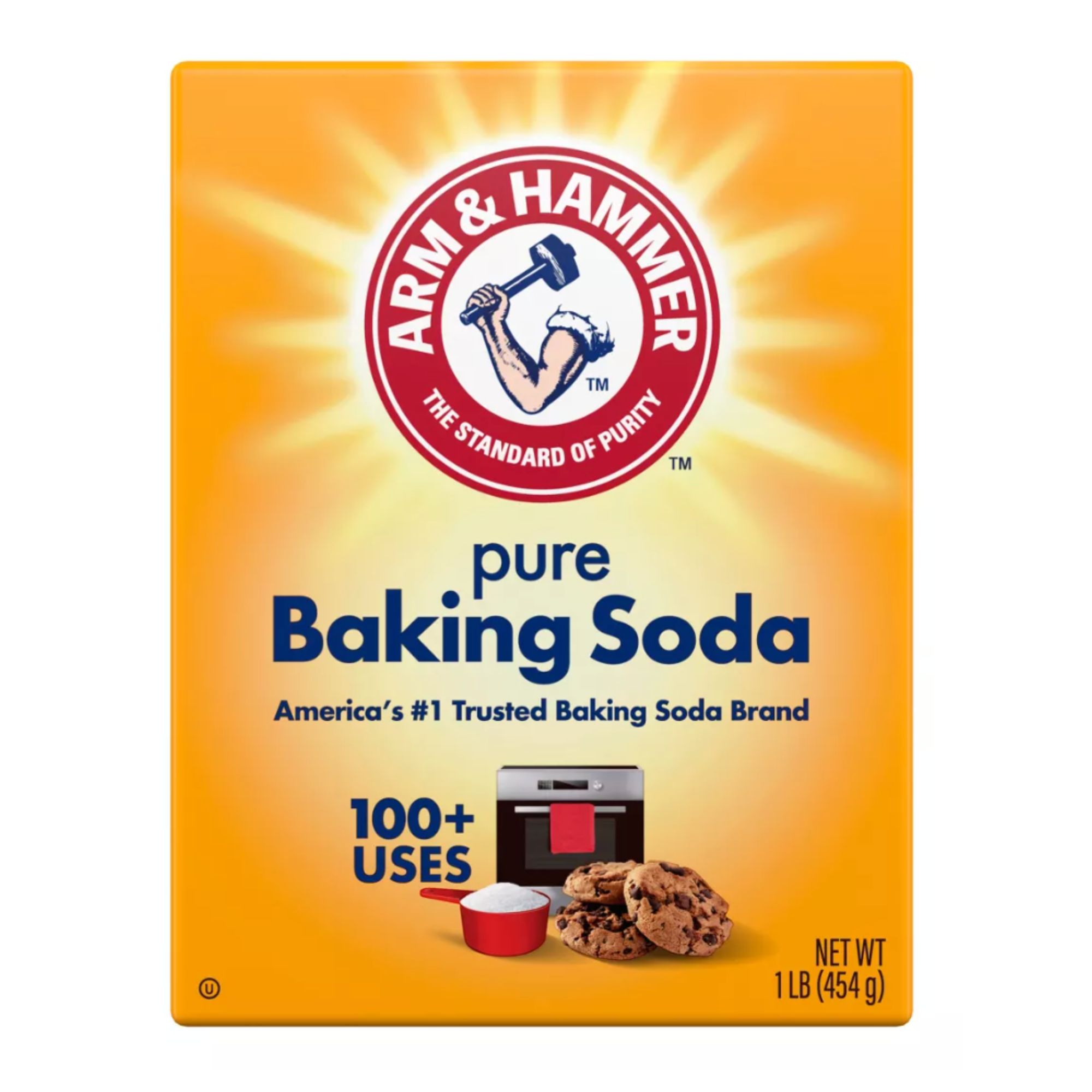
Bulk buy your baking soda to keep on-hand at all times with this bundle deal. You can also use it for cleaning with baking soda, using baking soda in laundry, deodorizing all around your home, and more.
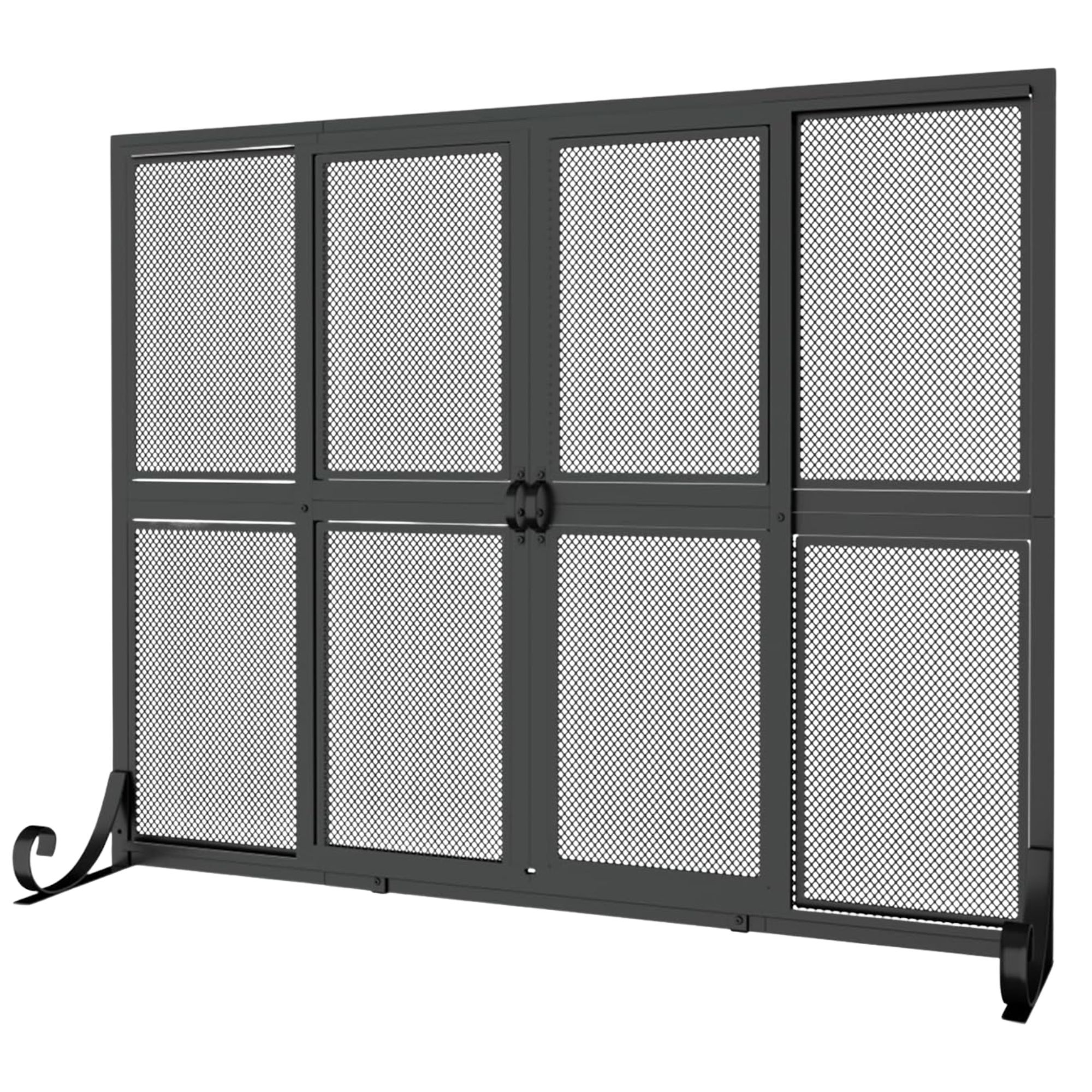
This handcrafted fireplace screen is sturdy and durable, with safety protective mesh and a sleek design.
Meet our experts

Todd is the principal designer, fireplace expert, and co-founder of Starfire Direct. He skillfully designs fireplaces that perfectly balance elegance, safety, and functionality.

Steve is the owner of Mountain State Fire Protection, a fire safety inspection and installation company. Steve has over 30 years of experience in the fire safety industry and is located in Phoenix, where he covers fire safety for restaurants, single-family homes, and multifamily complexes.

Josh founded AirConditionerLab in 2014 and has been improving it ever since, bringing readers quality content that covers all aspects of home heating, cooling, and air quality. Josh is an expert HVAC technician.
'From a design perspective, I'd never recommend baking soda as your only safety precaution,' says Todd. 'It's not proactive, it's reactive. And if you're particular about a tidy hearth, cleanup can be a case of trading one headache for another.'
Learning how to prep your chimney for winter will ensure it's ready for use.

Ottilie joined Homes & Gardens last year, after finishing a Master's in Magazine Journalism at City, University of London. With previous contributions in Livingetc and Motorsport Magazine, she produces content for the Solved section on the website, focusing on clever tips and tricks to keep your home beautiful, organized, and clean, with particular expertise on all things home fragrance. She also has a Master's degree in English Literature and History of Art from the University of Edinburgh, where she developed a love for inspiring interiors and architecture.
You must confirm your public display name before commenting
Please logout and then login again, you will then be prompted to enter your display name.